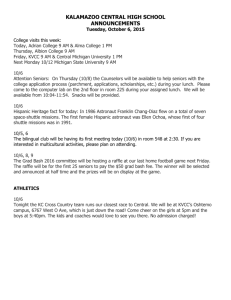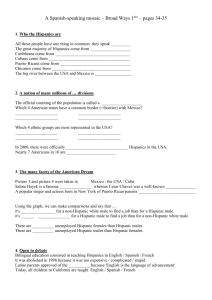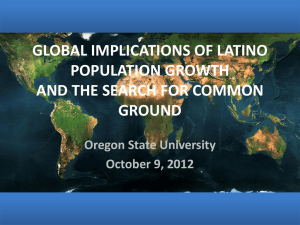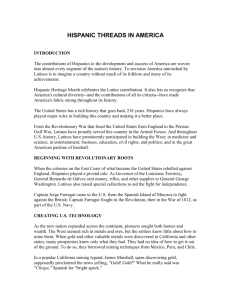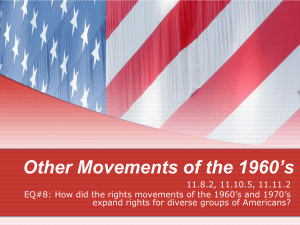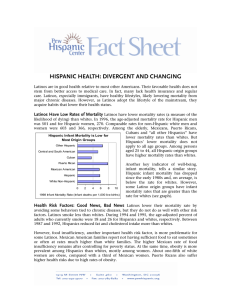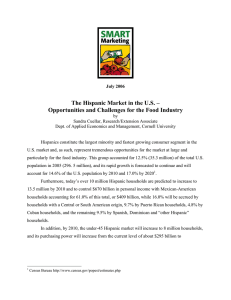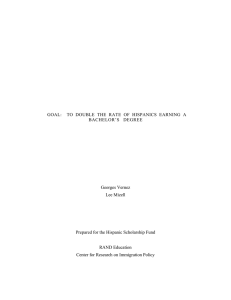2010 Census
advertisement
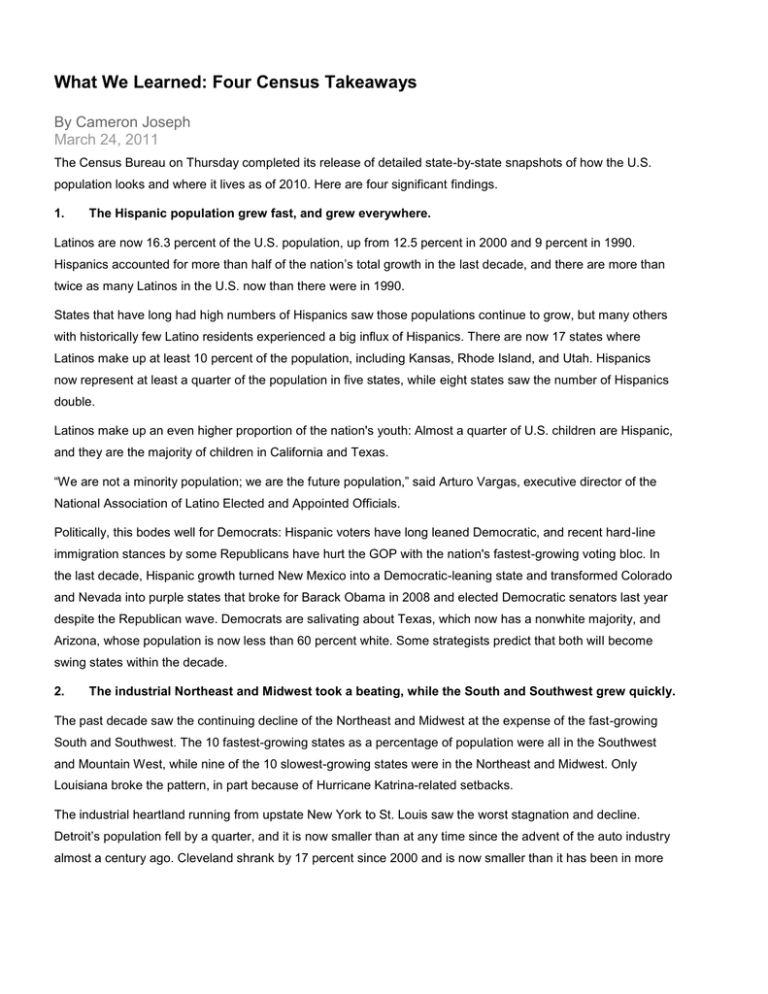
What We Learned: Four Census Takeaways By Cameron Joseph March 24, 2011 The Census Bureau on Thursday completed its release of detailed state-by-state snapshots of how the U.S. population looks and where it lives as of 2010. Here are four significant findings. 1. The Hispanic population grew fast, and grew everywhere. Latinos are now 16.3 percent of the U.S. population, up from 12.5 percent in 2000 and 9 percent in 1990. Hispanics accounted for more than half of the nation’s total growth in the last decade, and there are more than twice as many Latinos in the U.S. now than there were in 1990. States that have long had high numbers of Hispanics saw those populations continue to grow, but many others with historically few Latino residents experienced a big influx of Hispanics. There are now 17 states where Latinos make up at least 10 percent of the population, including Kansas, Rhode Island, and Utah. Hispanics now represent at least a quarter of the population in five states, while eight states saw the number of Hispanics double. Latinos make up an even higher proportion of the nation's youth: Almost a quarter of U.S. children are Hispanic, and they are the majority of children in California and Texas. “We are not a minority population; we are the future population,” said Arturo Vargas, executive director of the National Association of Latino Elected and Appointed Officials. Politically, this bodes well for Democrats: Hispanic voters have long leaned Democratic, and recent hard-line immigration stances by some Republicans have hurt the GOP with the nation's fastest-growing voting bloc. In the last decade, Hispanic growth turned New Mexico into a Democratic-leaning state and transformed Colorado and Nevada into purple states that broke for Barack Obama in 2008 and elected Democratic senators last year despite the Republican wave. Democrats are salivating about Texas, which now has a nonwhite majority, and Arizona, whose population is now less than 60 percent white. Some strategists predict that both will become swing states within the decade. 2. The industrial Northeast and Midwest took a beating, while the South and Southwest grew quickly. The past decade saw the continuing decline of the Northeast and Midwest at the expense of the fast-growing South and Southwest. The 10 fastest-growing states as a percentage of population were all in the Southwest and Mountain West, while nine of the 10 slowest-growing states were in the Northeast and Midwest. Only Louisiana broke the pattern, in part because of Hurricane Katrina-related setbacks. The industrial heartland running from upstate New York to St. Louis saw the worst stagnation and decline. Detroit’s population fell by a quarter, and it is now smaller than at any time since the advent of the auto industry almost a century ago. Cleveland shrank by 17 percent since 2000 and is now smaller than it has been in more than a century. Pittsburgh’s population is about half of what it was in 1960. Smaller cities from Buffalo, N.Y., to Youngstown, Ohio, to Duluth, Minn., continued to atrophy. This population shift has led to a corresponding shift in political power: The Midwest will lose six congressional seats and the Northeast will lose five after the upcoming congressional reapportionment, while the South will see a net gain of seven seats and the West will gain four. The states’ importance for presidential races will also shift accordingly. 3. The South and West diversified rapidly. Republicans might be happy that states such as Arizona, Georgia, and Texas are gaining members of Congress and Electoral College votes, while Illinois and Massachusetts will lose them. But much of the growth in those Sun Belt states was driven by Hispanics and African-Americans, groups that could make some GOP strongholds harder to defend. The black population increased quickly in many Southern states, as AfricanAmericans moved back down from the North. “The growth of African-Americans, plus what we call the ‘new minorities,’ is a phenomenon that is making the South much more diverse than it’s ever been in its history,” Emory University professor Merle Black said. Nonwhites accounted for more than four-fifths of the total population growth in Florida and Georgia and more than 90 percent of Texas’s growth. Of the dozen states with the fastest-growing Hispanic populations, 10 are Republican-leaning and nine are in the South. 4. The country is increasingly suburban and exurban. Americans continued moving toward--but not necessarily into--population centers. Just one of the 10 largest U.S. cities saw population growth that surpassed the national average of 9.7 percent, and many rural counties, especially in the Plains states and Midwest, lost population. On the other hand, the top-10 fastest growing towns in the country were all in the suburbs or exurbs of larger cities. Metropolitan areas, the larger communities, accounted for 85 percent of total population growth in the last decade. “We are increasingly metropolitan,” Census Bureau Director Robert Groves said. African-Americans have been leaving many major cities, especially Atlanta, Chicago, and Washington, for the nearby suburbs, while whites have been moving into those same cities. This fast growth in suburban and exurban areas and an influx of whites into some major cities means that more towns and neighborhoods are becoming increasingly diverse and less divided. It also signifies that suburban communities, which tend to be swing areas politically and have seen some of the most competitive elections in recent years, will continue to grow in importance for both political parties. http://www.nationaljournal.com/politics/what-we-learned-four-census-takeaways-20110324
